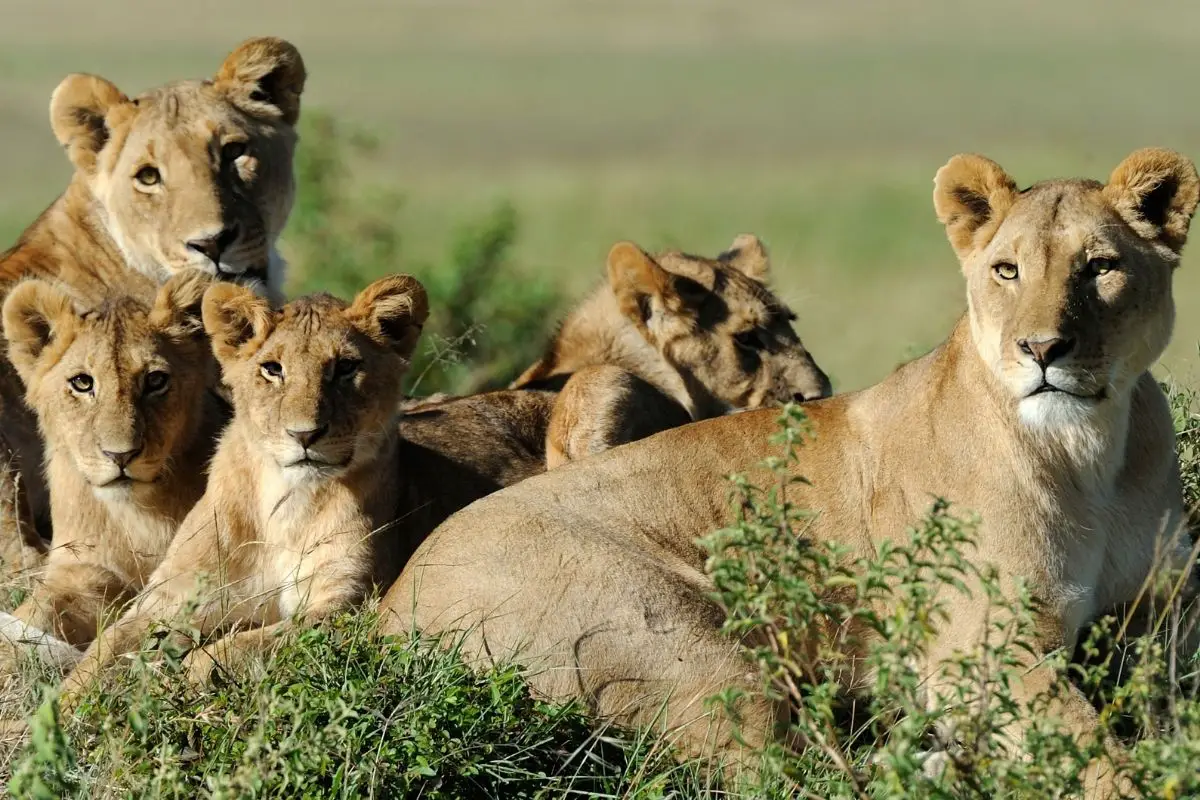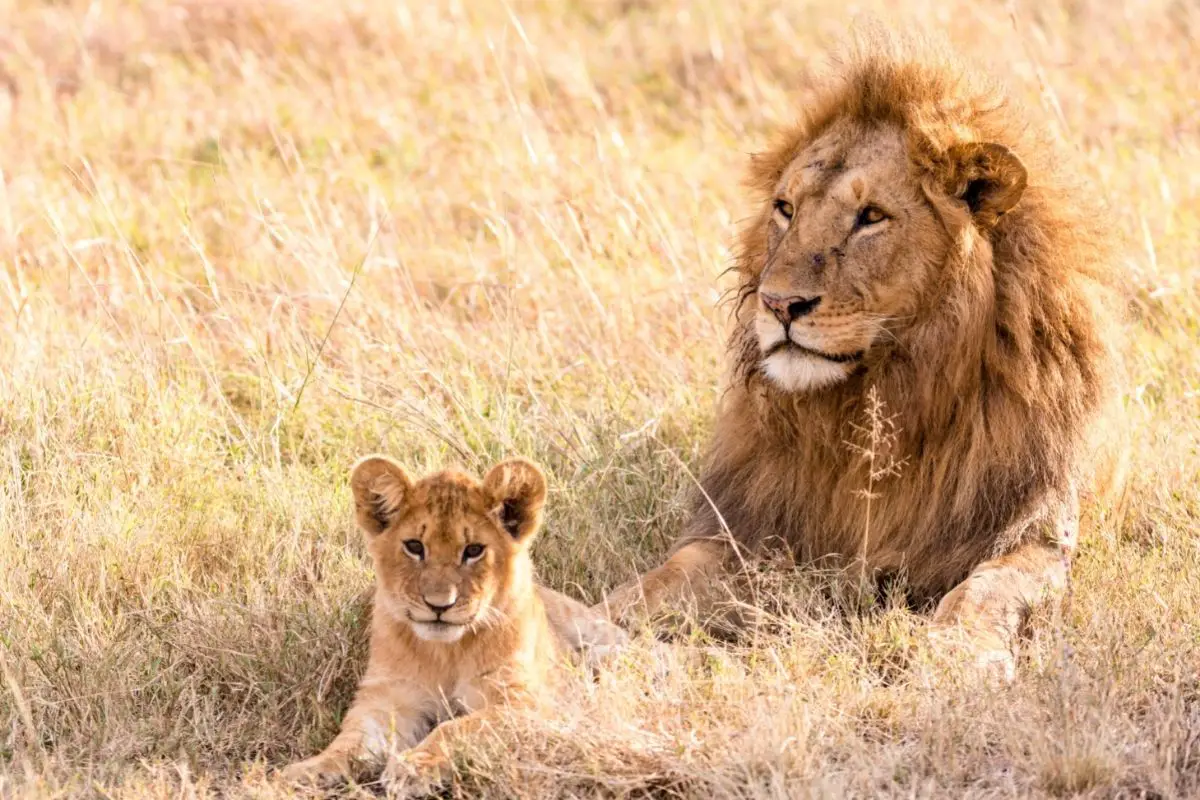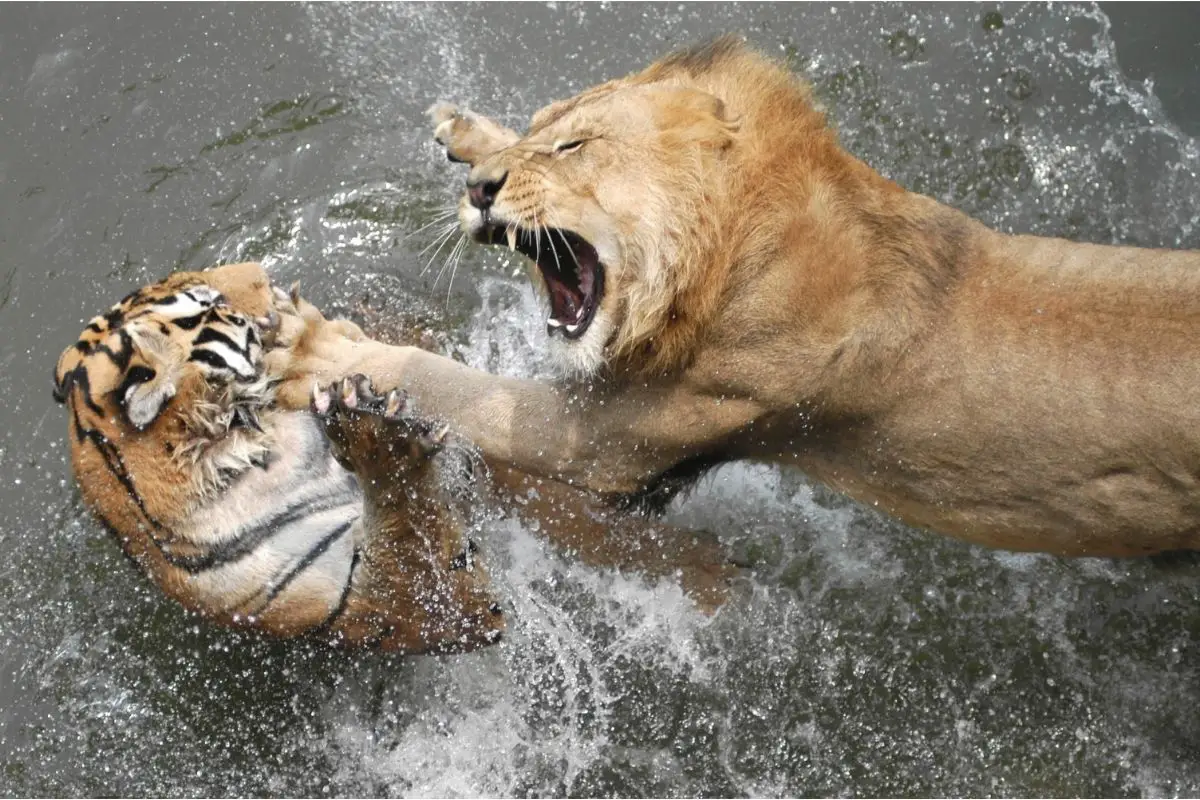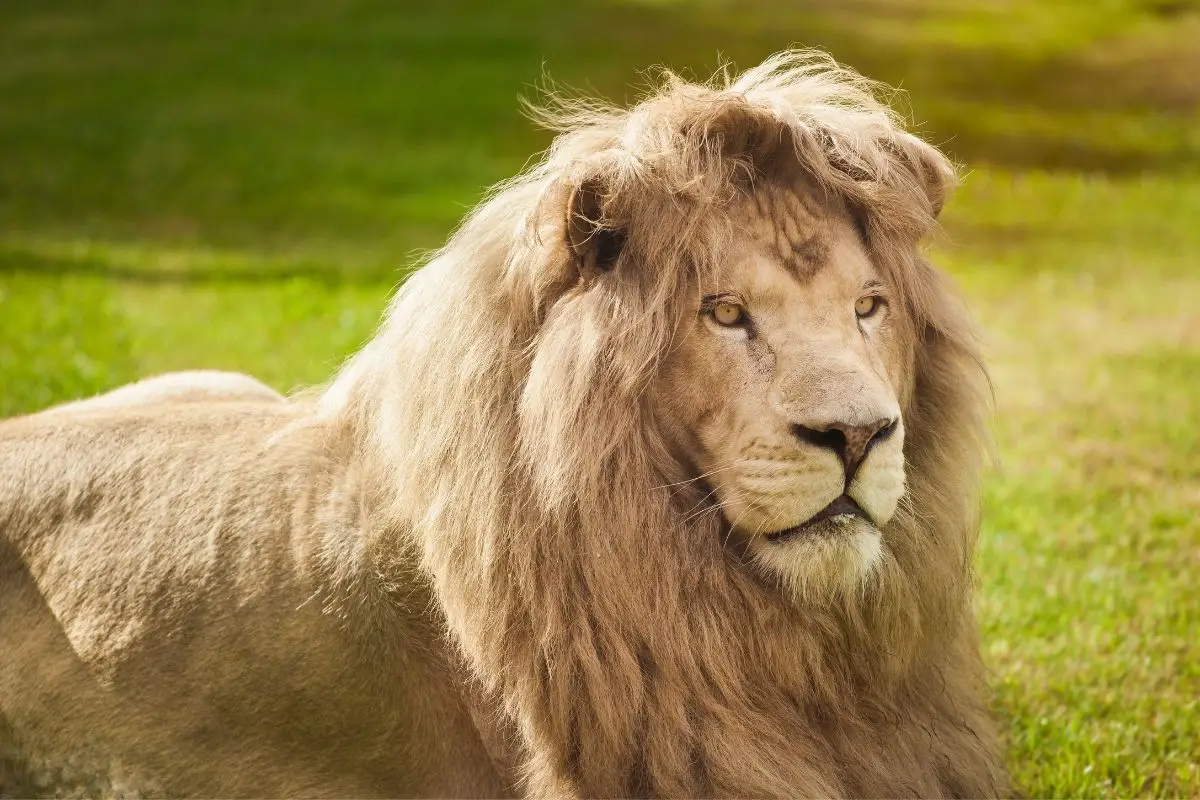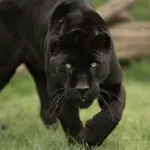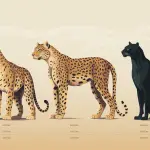Imagine encountering a majestic lion with an ivory-white coat and piercing golden eyes in the African wilderness. This isn’t a scene from a fantasy novel—this is the reality of white lions, one of nature’s rarest and most captivating big cats. With fewer than 15 white lions remaining in the wild, these extraordinary creatures represent one of the most critical conservation stories of our time.
White lions have captured human imagination for decades, not only for their stunning appearance but also for their deep cultural significance in African traditions. The Shangaan people of South Africa consider these magnificent animals sacred, believing they are connected to ancestral spirits and serve as divine messengers.
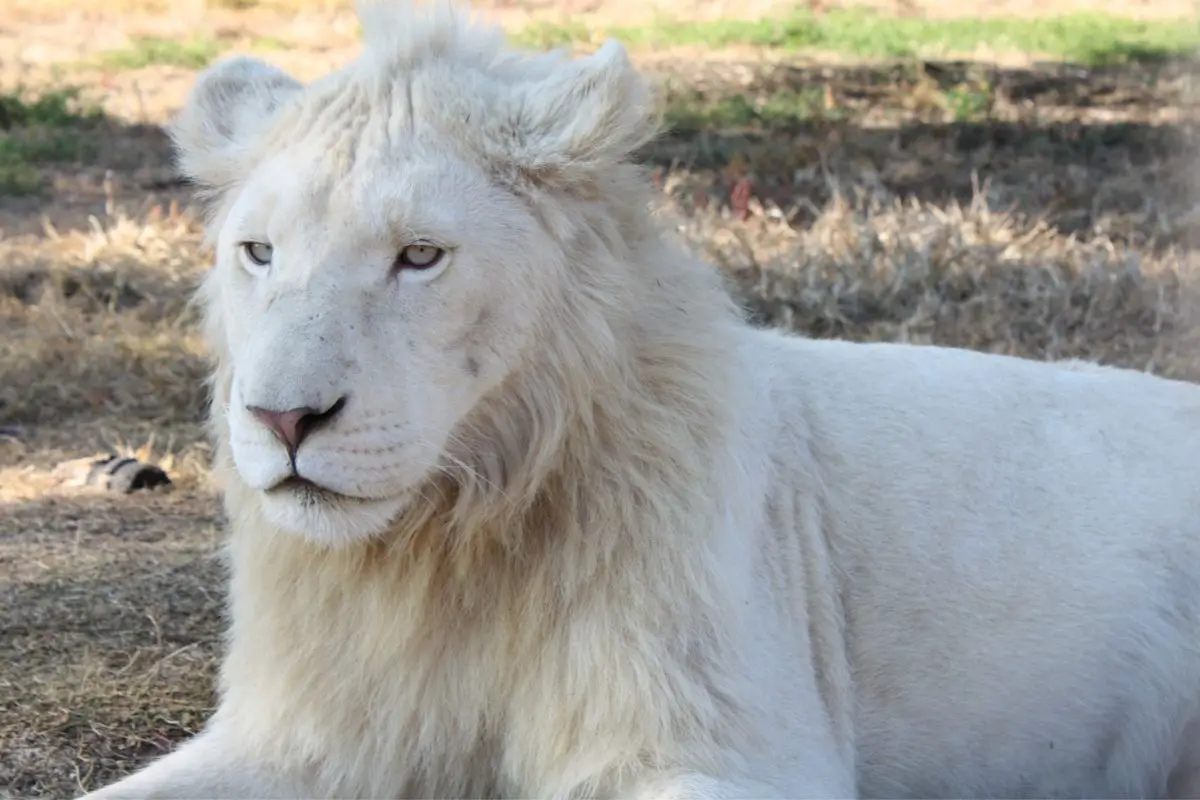
In this comprehensive guide, we’ll explore everything you need to know about white lions—from their unique genetics and physical characteristics to their current conservation status and where you might catch a glimpse of these remarkable animals today.
What Makes White Lions Different: The Science Behind Their Unique Appearance
The most common question about white lions is whether they’re albino animals. The answer might surprise you: white lions are not albino. Instead, they possess a genetic condition called leucism, which creates their distinctive pale appearance while allowing them to retain some pigmentation.
Leucism vs. Albinism: Understanding the Genetic Difference
Leucism occurs when an animal has a partial loss of pigmentation, resulting in white, pale, or patchy coloration while retaining normal eye color. This genetic condition affects the production of multiple types of pigments, unlike albinism, which specifically impacts melanin production.
Key differences between leucistic and albino lions include:
- Eye Color: White lions have golden or amber eyes, while albino lions would have pink or red eyes
- Nose and Lip Pigmentation: White lions retain black coloring on their noses and lips
- Ear Markings: Dark patches behind the ears are often visible in white lions
- Overall Health: Leucistic animals typically have fewer health complications than albino animals
The Genetics Behind White Lion Coloration
White lion coloration results from a recessive gene, meaning both parents must carry this rare genetic trait for their cubs to be born white. Even when two white lions mate, there’s no guarantee their offspring will inherit the white coloration—genetics can be unpredictable.
This recessive inheritance pattern explains why white lions are so extraordinarily rare in wild populations. The chances of two lions carrying this specific gene meeting and successfully breeding in the wild are astronomically low.
Physical Characteristics and Size: What White Lions Look Like
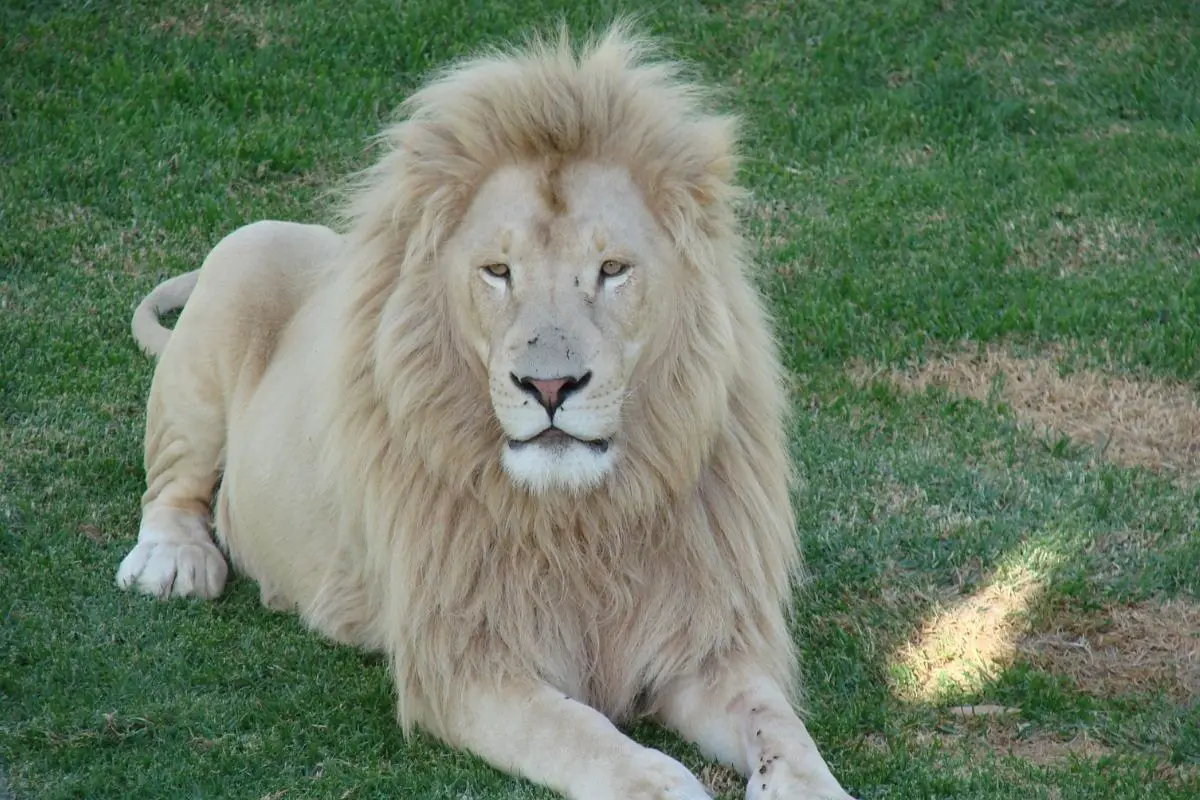
White lions maintain the same impressive size and build as their tawny-colored relatives, belonging to the same species (Panthera leo). Their coat color ranges from pure white to cream or pale gold, creating a striking contrast with their retained pigmentation features.
Size and Weight Specifications
Adult white lions reach substantial sizes, with notable differences between males and females:
Male White Lions:
- Length: Up to 10 feet (3.05 meters)
- Height: Up to 4 feet (1.22 meters) at shoulder
- Weight: 330-550 pounds (150-250 kg)
Female White Lions:
- Length: Up to 9 feet (2.74 meters)
- Height: Up to 3.6 feet (1.1 meters) at shoulder
- Weight: 265-395 pounds (120-180 kg)
These measurements place white lions among the largest big cats in the world, comparable to other large predators we’ve covered, such as mountain lions in size comparison studies.
Distinctive Features Beyond Color
Beyond their pale coats, white lions often display unique characteristics that make them even more striking:
- “Eyeliner” Markings: Dark lines around their eyes that create a dramatic, almost mystical appearance
- Mane Variations: Male white lions can have white, cream, or even blonde manes
- Contrasting Features: Black nose leather and lip pigmentation that stands out against their pale fur
- Eye Color Range: From deep gold to lighter amber, occasionally blue in very young cubs
Habitat and Geographic Distribution: Where White Lions Come From
White lions have a very specific geographic origin, unlike the broader distribution patterns we see in lions in North America historically. Understanding their natural habitat helps explain both their rarity and conservation challenges.
Original Habitat: The Timbavati Region
The first documented white lion was discovered in 1938 in South Africa’s Timbavati Game Reserve, which remains their primary natural habitat. This region, located in the Greater Kruger National Park area of Limpopo Province, provides the unique environmental conditions where the recessive white lion gene has persisted.
The Timbavati region offers:
- Dense bushveld terrain ideal for lion prides
- Abundant prey species including impala, kudu, and buffalo
- Water sources essential for large predator populations
- Protected status that limits human interference
Current Wild Population Distribution
Today’s wild white lion population is critically small and geographically concentrated:
- Primary Location: Greater Timbavati region (approximately 13-15 individuals)
- Secondary Sightings: Occasional reports from Kruger National Park
- Reintroduction Areas: Protected reserves working with conservation organizations
The Global White Lion Protection Trust continues efforts to establish additional protected territories and advocates for UNESCO World Heritage Site status for critical white lion habitat.
Hunting Behavior and Diet: Challenges of Being a White Predator
White lions face unique challenges in the wild due to their distinctive coloration. Their pale coats, while stunning, create significant disadvantages in hunting and survival situations.
Hunting Disadvantages in the Wild
The white lion’s beautiful coat becomes a liability when hunting:
- Reduced Camouflage: White lions are easily spotted by prey animals, making stalking extremely difficult
- Increased Predation Risk: Young white lion cubs face 50% higher predation rates due to their visibility
- Hunting Success Rates: Studies suggest white lions have lower hunting success rates than their tawny counterparts
- Pack Dynamics: Other lions may abandon white pride members that compromise group hunting effectiveness
Natural Diet and Prey Species
Despite hunting challenges, white lions are apex predators with the same carnivorous diet as other lions:
Primary Prey Species:
- Impala and other medium-sized antelopes
- Zebras and wildebeest
- Buffalo (when hunting in coordinated prides)
- Warthogs and smaller mammals
Hunting Strategy Adaptations:
- Increased reliance on nighttime hunting when coloration is less visible
- Greater dependence on pride cooperation
- Preference for dense vegetation that provides better camouflage
Conservation Status and Population Numbers: The Reality of White Lion Survival
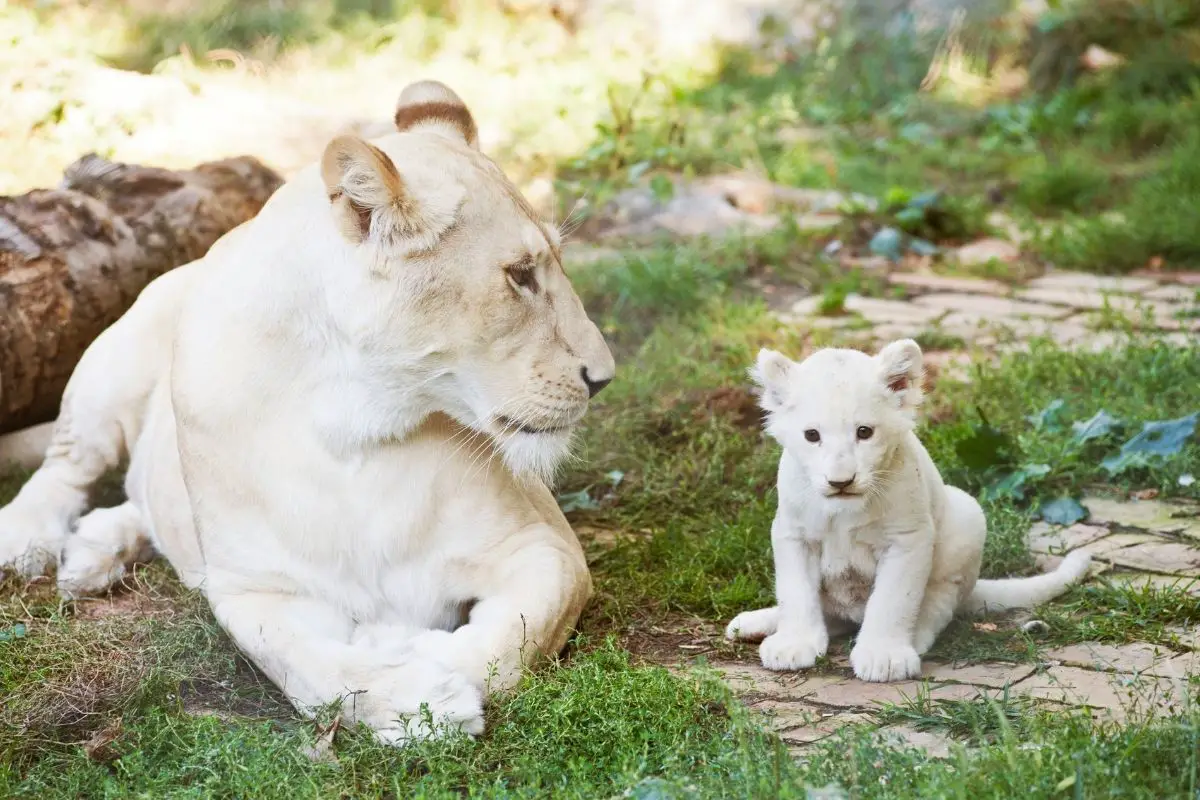
The conservation status of white lions represents one of the most urgent big cat conservation challenges worldwide. Current population numbers reveal the critical nature of protection efforts.
Current Population Statistics (2024)
Wild Population:
- Approximately 13-15 white lions in natural habitat
- All wild populations concentrated in Greater Timbavati region
- Multiple generations now successfully breeding in protected areas
Captive Population:
- Estimated 300+ white lions in captivity globally
- Distributed across accredited zoos, private reserves, and breeding facilities
- Managed breeding programs maintaining genetic diversity
Conservation Efforts and Success Stories
Multiple organizations work tirelessly to protect and preserve white lion populations:
The Global White Lion Protection Trust leads conservation efforts through:
- Habitat protection and expansion
- Community education and engagement
- Scientific research and genetic studies
- Reintroduction programs in protected areas
International Zoo Partnerships contribute through:
- Coordinated breeding programs
- Genetic diversity maintenance
- Public education and fundraising
- Research collaboration with field conservationists
Major Threats to White Lion Survival
White lions face multiple interconnected threats:
- Habitat Loss: Human development and agricultural expansion reduce available territory
- Genetic Bottlenecking: Small population sizes limit genetic diversity
- Climate Change: Altering prey distributions and water availability
- Human-Wildlife Conflict: Retaliatory killings when lions prey on livestock
- Trophy Hunting: Historical hunting pressure that eliminated early wild populations
Where to See White Lions Today: Tourism and Viewing Opportunities
For those inspired to witness these magnificent animals, several ethical options exist for white lion encounters, from wild sightings to educational zoo visits.
Wild White Lion Viewing
South African Locations:
- Timbavati Game Reserve: Premium safari experiences with specialized white lion tracking
- Private Conservancies: Exclusive access with higher sighting probabilities
- Kruger National Park: Rare but possible sightings in eastern regions
Safari Tips for White Lion Sightings:
- Book with operators specializing in white lion tracking
- Plan extended stays (5-7 days minimum) to increase sighting chances
- Consider dry season visits (May-September) for better visibility
- Expect premium pricing—white lion safaris cost 30-40% more than standard wildlife tours
Ethical Captive Viewing Opportunities
Many accredited zoos worldwide participate in white lion conservation through breeding programs and education:
- Focus on facilities with documented conservation contributions
- Look for educational programs that explain leucism and genetics
- Support zoos that contribute funding to wild white lion protection
- Avoid commercial facilities that exploit white lions for entertainment
The Cultural and Spiritual Significance of White Lions
Beyond their biological importance, white lions hold profound cultural meaning for indigenous Southern African communities, particularly the Shangaan people of the Timbavati region.
Traditional Beliefs and Sacred Status
In Shangaan culture, white lions are considered:
- Divine Messengers: Believed to carry messages from ancestral spirits
- Symbols of Purity: Representing spiritual cleansing and renewal
- Protectors of the Land: Guardian spirits watching over their territory
- Indicators of Balance: Their presence signifies harmony between physical and spiritual worlds
These beliefs have contributed significantly to local conservation efforts, as traditional communities view white lion protection as a sacred duty rather than simply an environmental concern.
How You Can Help Protect White Lions
White lion conservation requires global support and individual action. Here are concrete ways to contribute to their protection:
Direct Conservation Support
- Donate to reputable organizations: The Global White Lion Protection Trust and Panthera lead conservation efforts
- Adopt a white lion: Many conservation organizations offer symbolic adoption programs
- Support habitat protection: Contribute to land acquisition and reserve expansion projects
Sustainable Tourism Choices
- Choose ethical safari operators committed to conservation
- Visit accredited zoos participating in breeding programs
- Avoid facilities offering direct contact or entertainment shows
- Share educational content about white lions on social media
Educational Advocacy
- Learn about the difference between leucism and albinism
- Educate others about white lion conservation needs
- Support legislation protecting endangered big cats
- Participate in citizen science projects tracking big cat populations
The Future of White Lions: Hope and Challenges Ahead
While white lion populations remain critically small, recent conservation successes offer hope for their long-term survival. The establishment of protected breeding populations and growing international awareness create opportunities for population recovery.
Key factors determining white lion survival include:
- Habitat Protection: Expanding and connecting protected areas
- Genetic Management: Maintaining diversity in captive and wild populations
- Community Engagement: Supporting local communities in conservation efforts
- International Cooperation: Coordinating global conservation strategies
The story of white lions demonstrates both the fragility of unique genetic traits in small populations and the power of dedicated conservation efforts. Unlike the historical distribution patterns we see with cougars and mountain lions across vast territories, white lions remind us that some of nature’s most extraordinary animals exist in very small, specific locations.
Final Thoughts: Why White Lions Matter
White lions represent far more than beautiful animals with unusual coloration. They serve as ambassadors for big cat conservation, symbols of cultural heritage, and reminders of our responsibility to protect the natural world’s most vulnerable species.
Understanding everything you need to know about white lions—from their leucistic genetics to their sacred cultural significance—helps us appreciate why their conservation matters so urgently. With fewer than 15 individuals remaining in the wild, every white lion represents hope for species recovery and the preservation of genetic diversity.
Whether you encounter a white lion in the wild savannas of South Africa or in an accredited zoo participating in conservation breeding programs, remember that you’re witnessing one of nature’s rarest phenomena. These magnificent animals, with their golden eyes and ivory coats, carry the hopes of conservationists worldwide and the spiritual beliefs of African communities who have revered them for generations.
The future of white lions depends on our collective commitment to their protection. By supporting ethical conservation organizations, making responsible tourism choices, and spreading awareness about their unique needs, we can help ensure that future generations will also have the opportunity to witness the majesty of white lions.
As we continue learning about big cats and their conservation, from the differences between bobcats and panthers to understanding panther diets, white lions remind us that each species has unique characteristics worth protecting and celebrating.
- Bengal Cat vs Wild Bengal Tiger: Complete Comparison 2025 - October 31, 2025
- Complete Wild Cat Spotting Guide for Hikers 2025 - October 31, 2025
- Lynx vs Bobcat: Complete Field Identification Guide 2025 - October 30, 2025

